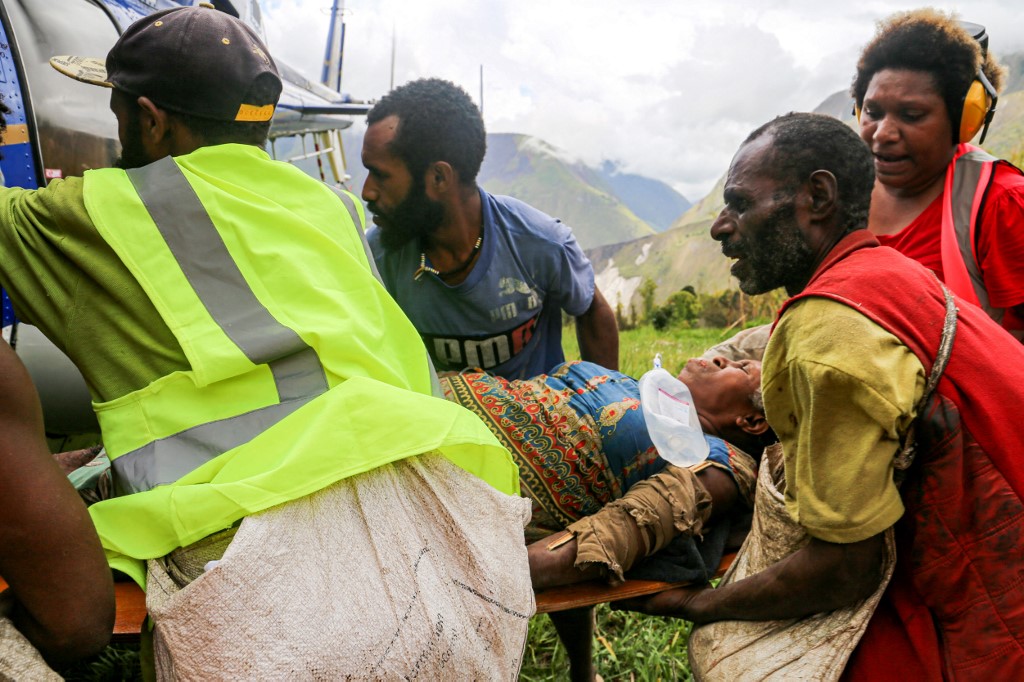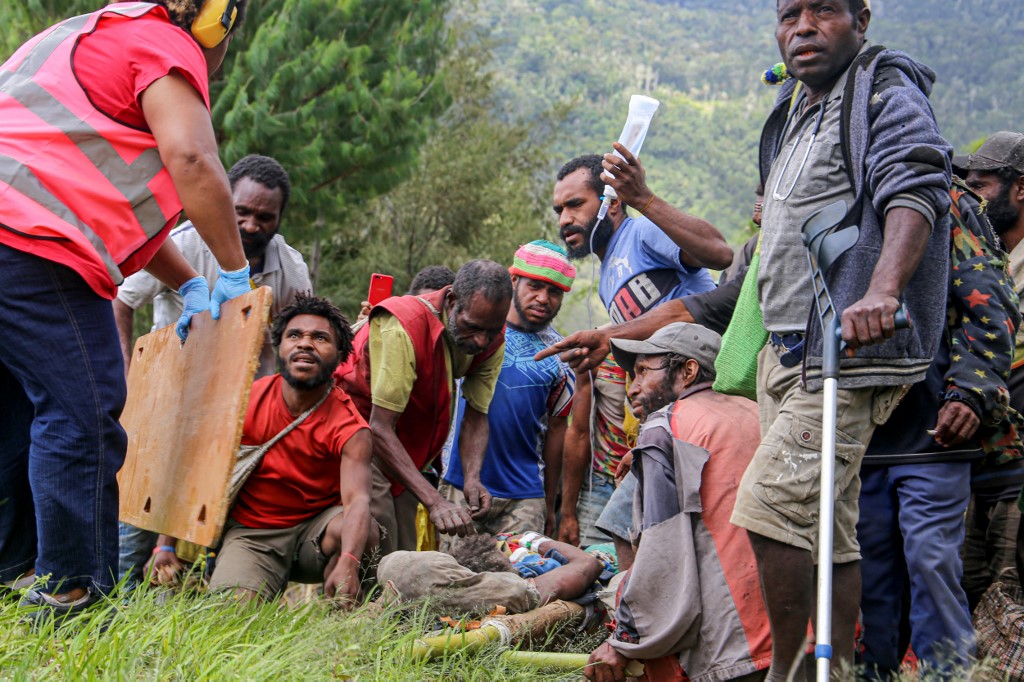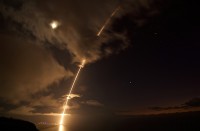
PORT MORESBY, Papua New Guinea (AFP) — Volunteer rescuers ran non-stop airlifts to remote areas of Papua New Guinea on Tuesday, seeking to reach victims still stranded two days after a massive 7.6-magnitude earthquake.
The quake rattled a broad area of the country’s north, killing at least seven people, but the scale of the disaster is only slowly coming into focus.
At least 389 houses collapsed in the town of Madang alone, according to United Nations assessors now on the ground. It is expected the damage toll will rise as ground staff reach other communities.
Maki Igarashi from the International Federation of the Red Cross told AFP it was “very difficult access to most of the locations” because of the affected area’s remoteness.
The earthquake’s epicenter was in “the middle of the jungle”, she said.
With government resources limited, much of the rescue effort has been carried out by small private companies and volunteers.
Pilot Jurgen Ruh, the owner of Manolos Aviation Limited, told AFP he had “lost count” of the number of medical evacuations he had carried out since the earthquake hit Sunday morning.
“It hasn’t stopped yet,” he said, as he readied to head out for two further medevac flights in the country’s remote highlands.
Of those rescued, “the youngest person was two years old”, Ruh said, adding that the girl, who had a broken skull, had survived after emergency surgery.
Ruh said his company had been fielding calls directly from people in need of evacuation, adding that in Papua New Guinea, “if you don’t help yourself, no one will help you”.

– Saw the mountain ‘disappear’-
The earthquake was the largest in the Pacific nation since 2002 but has so far claimed far fewer lives than the last major quake, which killed 145 people in 2018.
Papua New Guinean authorities have confirmed all seven fatalities were caused by landslides that occurred near the Rai Coast, Kambum and Wau, where three miners were killed after being trapped underground.
Ruh said some of his pilots were airlifting a pregnant mother when the quake struck and, as they flew her to safety, “saw the side of the mountain disappear”.
The Red Cross’ Igarashi said that internet and power outages in the wake of the earthquake had made it difficult to get a full picture of the situation on the ground.
The Ramu hydropower station, located close to the epicenter, was damaged by the quake, and internet service has slowed dramatically because of the impact on submarine cables.
© Agence France-Presse








